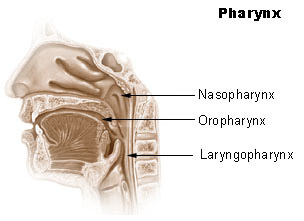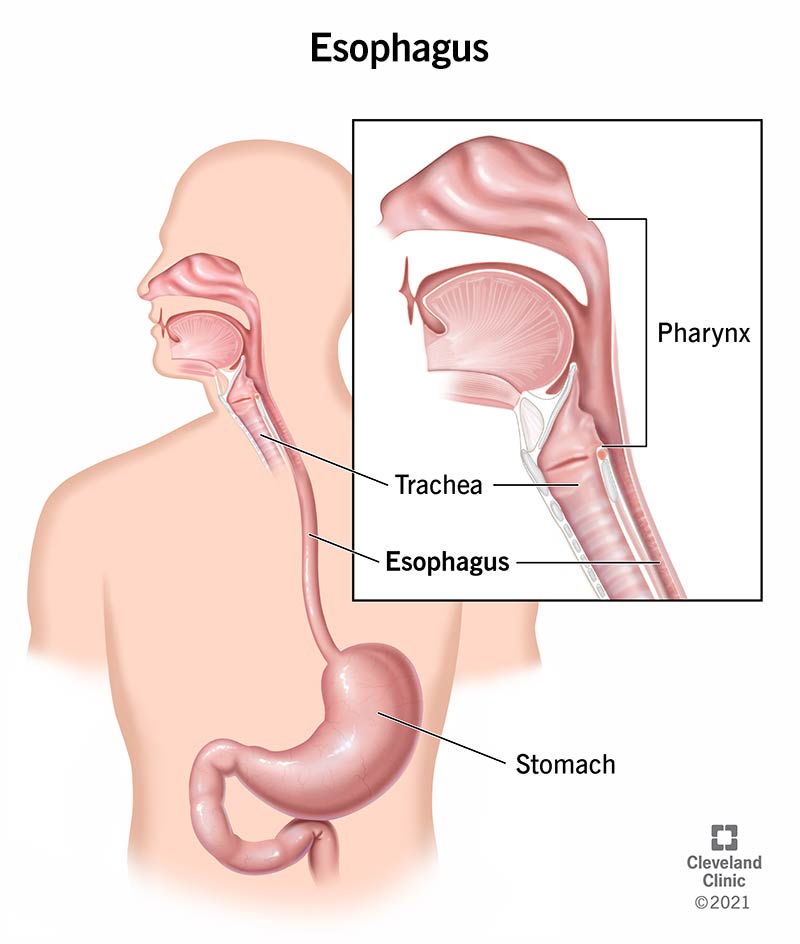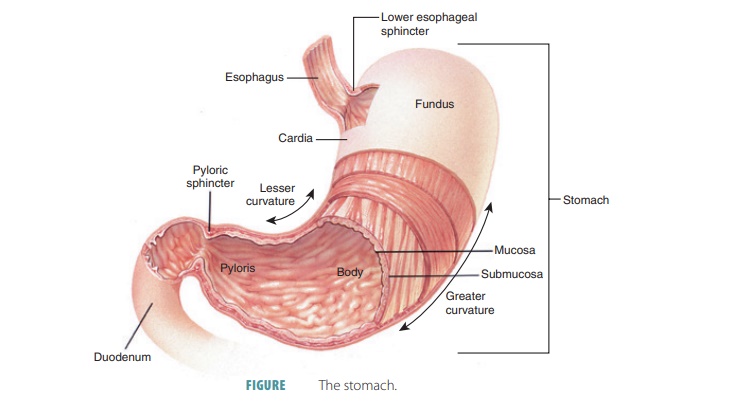HUMAN DIGESTIVE SYSTEM
Digestive system, system used in the human body for the process of digestion. The food which we eat undergoes through a process and the nutrients present in them are utilized to genHuman erate energy. This process is known as digestion.
The human digestive system consists primarily of the digestive tract, or the series of structures and organs through which food and liquids pass during their processing into forms absorbable into the bloodstream. The system also consists of the structures through which wastes pass in the process of elimination and other organs that contribute juices necessary for the digestive process.
In humans, the process is quite simple due to our monogastric nature. This means that we have a one-chambered stomach, unlike other animals such as cows, which have four chambers. Some parts of nervous and circulatory systems also play a significant role in the digestion process. A combination of nerves, bacteria, hormones, blood and other organs of the digestive system completes the task of digestion.
Parts of the Human Digestive System
The digestive system of the human body is the sum of the gastrointestinal tract (GIT; also called alimentary canal) and accessory organs (tongue, liver, pancreas, etc.). These two parts together help in the digestion process.
Accessory organs are organs which participate in the digestion process but are not actually a part of GIT. They stimulate the digestion by releasing certain enzymes that help in breaking down the food.
Diagram of Human Digestive system
Its parts and functions:
- Mouth
Food starts its journey from the mouth or the oral cavity. There are many other organs that contribute to the digestion process, including teeth, salivary glands, and tongue. Teeth are designed for grinding food particles into small pieces and are moistened with saliva before the tongue pushes the food into the pharynx.
- Pharynx
A fibromuscular y-shaped tube attached to the terminal end of the mouth. It is mainly involved in the passage of chewed/crushed food from the mouth through the oesophagus. It also has a major part in the respiratory system, as air travels through the pharynx from the nasal cavity on its way to the lungs.

Oesophagus
This is a muscular tube that connects the pharynx, which is a part of an upper section of the gastrointestinal tract. It supplies swallowed food along with its length.

- Stomach

- Small Intestine
The small intestine is a thin, long tube of about 10 feet long and a part of the lower gastrointestinal tract. It is present just behind the stomach and acquires a maximum area of the abdominal cavity. The complete small intestine is coiled and the inner surface consists of folds and ridges.

Large Intestine
This is a thick, long tube measuring around 5 feet in length. It is present just beneath the stomach and wraps over the superior and lateral edges of the small intestine. It absorbs water and consists of bacteria (symbiotic) that support the breakdown of wastes to fetch small nutrients.

Rectum
Waste products are passed into the end of the large intestine called the rectum and eliminated out of the body as a solid matter called stool. It is stored in the rectum as semi-solid faeces which later exits from the body through the anal canal through the process of defecation.

- Pancreas
- Liver

STEPS FOR DIGESTION PROCESS
In a nutshell, the digestion process consists of the six following steps:
Ingestion ⇒Mixing and Movement ⇒ Secretion ⇒ Digestion ⇒Absorption ⇒Excretion
DIGESTION
ABSORBTION
EXCRETION



Wonderfull Work
ReplyDeletethnku bro
DeleteVery nice and knowledgeable ✨
ReplyDeletethanku
DeleteGreat, well explained👍
ReplyDeletethanks for the appreciation
DeleteThanks for explaining very nicely 👍👍
ReplyDeletei am so grateful
DeleteThis comment has been removed by the author.
ReplyDeleteNicely explained 👍
ReplyDeleteit is very kind of you
DeleteImpeccably explained
ReplyDeletethanku for your review
DeleteVery well explained
ReplyDelete